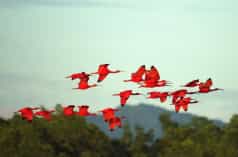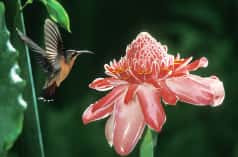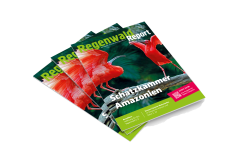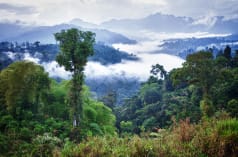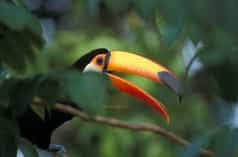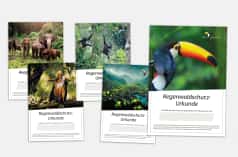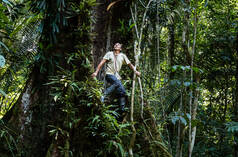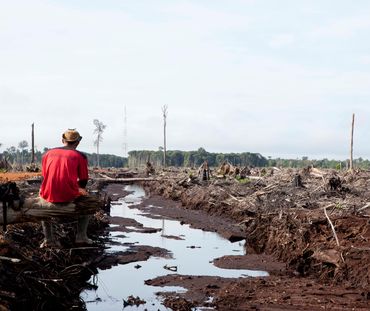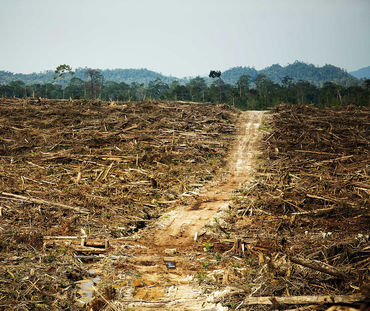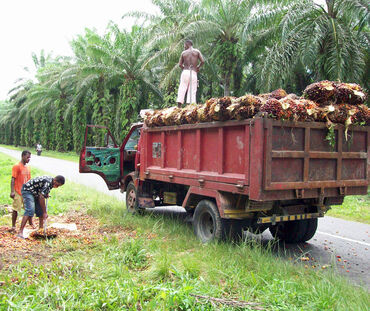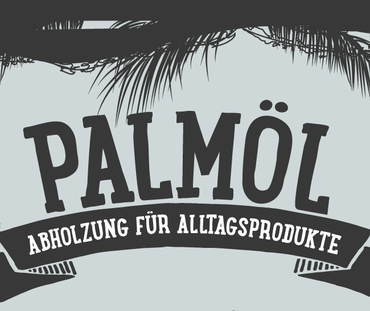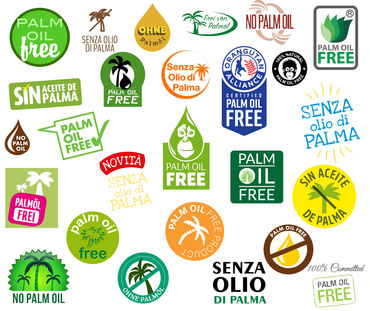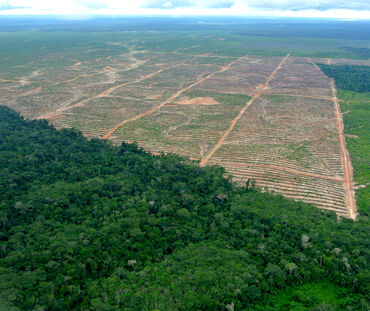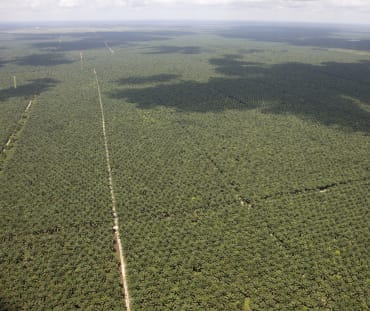Palmöl: Links zum Weiterlesen
Sie möchten noch mehr zum Thema Palmöl erfahren und in unseren Quellen stöbern? Hier finden Sie die Links (Videos, Artikel, Studien) zu unseren Palmöl-Quellen sowie weiterführende Informationen zu dem Thema.
Bloomberg (28.10.2015): How Indonesia's Fires Made it the Biggest Climate Polluter. http://www.bloomberg.com/news/articles/2015-10-28/how-indonesia-s-fires-made-it-the-biggest-climate-polluter (Stand: 12.2016)
Bündnis Unsustainable Palm Oil (o.J.): Internationale Erklärung gegen den „Etikettenschwindel“ des Runden Tisches zu nachhaltigem Palmöl (RSPO).
https://www.regenwald.org/files/de/10-08-DEUTSCH-RSPO.pdf (Stand: 12.2016)
European Food Safety Authority (3.5.2016): Prozesskontaminanten in Pflanzenölen und Lebensmitteln. http://www.efsa.europa.eu/de/press/news/160503a (Stand: 12.2016)
Europäische Union (2011): Regulation No 1169/2011.
http://eur-lex.europa.eu/LexUriServ/LexUriServ.do?uri=OJ:L:2011:304:0018:0063:EN:PDF (Stand: 12.2016)
FAOSTAT (2014): Data. Crops.
http://faostat3.fao.org/download/Q/QC/E (Stand 12.2016)
GSI/ iisd (2013): The EU Biofuel Policy and Palm Oil: Cutting subsidies or cutting rainforest? https://www.iisd.org/gsi/sites/default/files/bf_eupalmoil.pdf (Stand:12.2016)
IUCN (2016): Red List of Threatened Species. Pongo pygmaeus.
http://www.iucnredlist.org/details/17975/0 (Stand:12.2016)
Oxfam (2016): Burning Land, Burning the Climate.
https://www.oxfam.de/system/files/20161026-burning-land-climate-eu-bioenergy-embargo-en.pdf (Stand:12.2016)
Rettet den Regenwald (28.05.2010): Stellungnahme des Vereins Rettet den Regenwald zu „Biopalmöl aus Kolumbien“.
https://www.regenwald.org/news/1565/stellungnahme-des-vereins-rettet-den-regenwald-zu-biopalmoel-aus-kolumbien (Stand: 12.2016)
Report Mainz (22.03.2010): Vertreibung für deutsche Bioprodukte. http://www.swr.de/report/-/id=233454/did=6189312/pv=video/nid=233454/1j0rvb1/index.html (Stand 12.2016)
SawitWatch (2015) nach Tempo (06.09.2015): Konflik Lahan di Indonesia Meningkat. https://m.tempo.co/read/news/2015/09/06/078698244/konflik-lahan-di-indonesia-meningkat (Stand: 12.2016)
The World Bank (25.11.2015): Krisis Kebakaran dan Asap Indonesia.
http://www.worldbank.org/in/news/feature/2015/12/01/indonesias-fire-and-haze-crisis (Stand: 12.2016)
Transport and Environment (2016): Cars and trucks burn almost half of palm oil used in Europe. https://www.transportenvironment.org/sites/te/files/publications/2016_05_TE_EU_vegetable_oil_biodiesel_market_FINAL_0.pdf (Stand: 12.2016)
Umweltblick (2012): Deklarationen für Palmöl.
http://www.umweltblick.de/index.php/palmoel/deklarationen-von-palmoel/95-deklarationen-von-palmoel (Stand:12.2016)
USDA (2007): Indonesia: Palm Oil Production Prospects Continue to Grow. http://www.pecad.fas.usda.gov/highlights/2007/12/Indonesia_palmoil/ (Stand:12.2016)
USDA (2016): Oilseeds: World Markets and Trade.
http://apps.fas.usda.gov/psdonline/circulars/oilseeds.pdf (Stand: 12.2016)
Valin et al (2015): The land use change impact of biofuels consumed in the EU. Quantification of area and greenhouse gas impacts.
https://ec.europa.eu/energy/sites/ener/files/documents/Final%20Report_GLOBIOM_publication.pdf (Stand: 12.2016)
